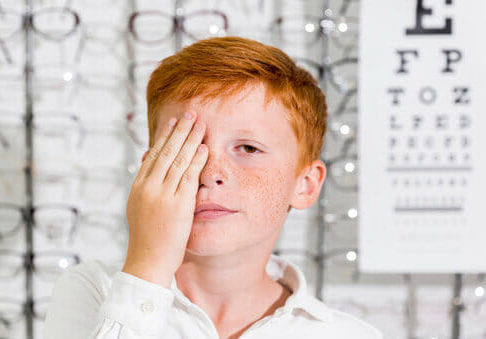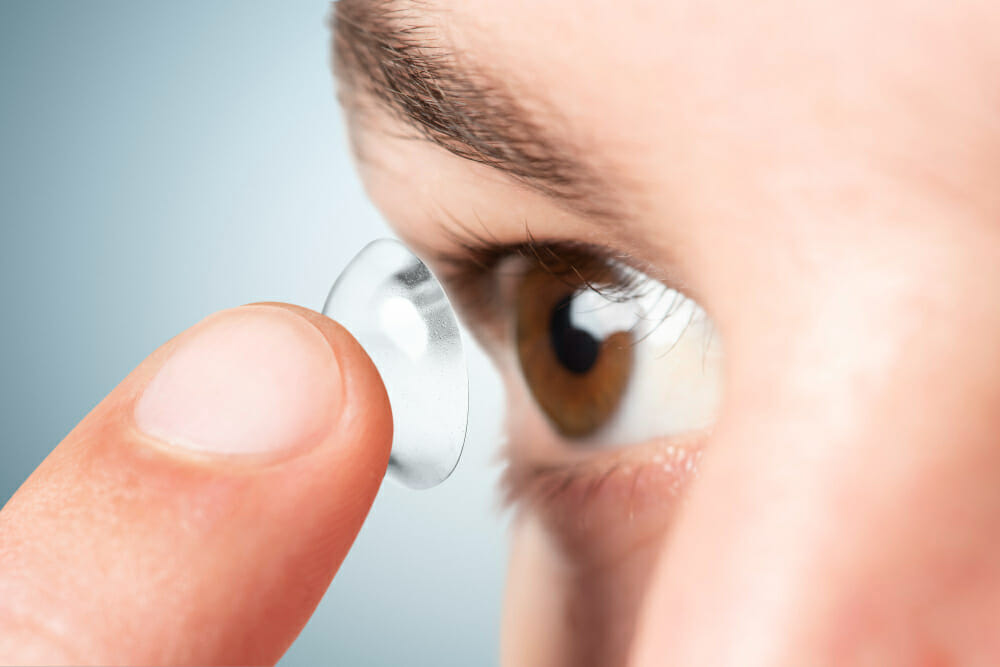There are always more fascinating optical illusions for us to puzzle over. Here are several more worth exploring.
The Spinning Dancer

Chances are you’ve seen this one somewhere online. In this illusion, you see the silhouette of a dancer, spinning in place. The illusion involves the direction in which you see it spins. Sometimes it appears to rotate in a clockwise direction, and at other times, in a counterclockwise direction. The director in which the dancer spins can potentially be changed at will by the viewer, or it may appear to change direction on its own.
The spinning dancer illusion, created by Nobuyuki Kayahara in 2003, has since become one of the more well known optical illusions. The reason for the illusion is that the lack of visual depth in the animation, and ambiguity regarding the dancer’s anatomy are too ambiguous for our visual systems to process properly, so we can perceive the spinning dancer in differing, even conflicting states.
Rubin’s Vase

Another optical illusion you are likely to have run into before, the Rubin’s vase illusion, created by Edgar Rubin in 1915, is among the most famous optical illusions in the world. In the image, we see what can alternatively be a vase or two faces in profile, facing each other.
This illusion is explained through the concept of figure-ground organization. This lets us perceive objects both as figures and backgrounds. In this illusion, however, what we see alters with a change of perspective. If the black area is seen as the background, the vase becomes the figure. Conversely, when we see the white area as the background, the faces become the figure.
The Müller-Lyer Illusion

Yet another illusion you’re likely to have run into before, this was created by Franz Carl Müller in 1889, and has become extremely recognizable.
In this illusion, you see three horizontal lines, each with differently configured arrowheads on the ends of the line. While the lines may look to be all of different lengths, they are, in fact, all equally long.
Interestingly, some studies show that Western individuals are more susceptible to this illusion, since they are more used to “carpentered” surroundings, meaning that they live and work in areas where straight lines and right angles are commonplace. One explanation for how this illusion works is that the differently aligned arrows make the lines look to be of different lengths. Inward pointing arrows make an object appear closer, while outward facing arrows appear further away. Since the lines are presented side by side, we perceive the “further away” line as longer.
The Ebbinghaus Illusion

Another illusion which plays with our understanding of perspective, the Ebbinghaus illusion, also known as the Titchener Circles, was discovered by Hermann Ebbinhaus in the 19th century. This illusion challenges your perception of size. In the more common version of the illusion, created by Edward B. Titchener, we see two equally sized circles, one of which is surrounded by larger circles, and another surrounded by a ring of smaller circles.
Even though the circles are the same size, the one surrounded by bigger circles appears smaller than the one surrounded by smaller circles. The reason for this is believed to be related to how we perceive size, specifically, on the context involved. With the changed context in which we see the circles, our perception of their size also changes.
Kanizsa’s Triangle

This optical illusion is a famous example of the concept of illusory contours. That refers to our perception of an edge or an outline where there isn’t one. This perception is created by different shapes and edges being presented together and arranged in a way that implies the presence of defined contours or edges.
In Kanizsa’s Triangle itself, the three incomplete black circles and open angles generate the illusion of a white triangle. As is usually the case with this type of illusion, the illusory shape appears both closer to the viewer, and brighter.
It works because the incomplete circles trigger our depth perception, causing our visual system to believe the dark shapes are further away and darker than the apparent triangle.
The Duck and Rabbit Illusion

This illusion was first made in 1892, and has been fascinating people to this day.
The image we see can be alternatively viewed as a duck facing left, or a rabbit facing right, and the illusion operates on the concepts of how our visual system perceives ambiguous images, and the process of mid-level vision.
Mid-level vision is how our brains organize visual information based on the perceived edges of the image. With ambiguous images, the edges are unclear, and so we can perceive two contradictory versions of the same image depending on how we look at it.
There are many more fascinating optical illusions out there which can help us gain a better understanding of our visual system. And, of course, they’re just plain cool to look at.









